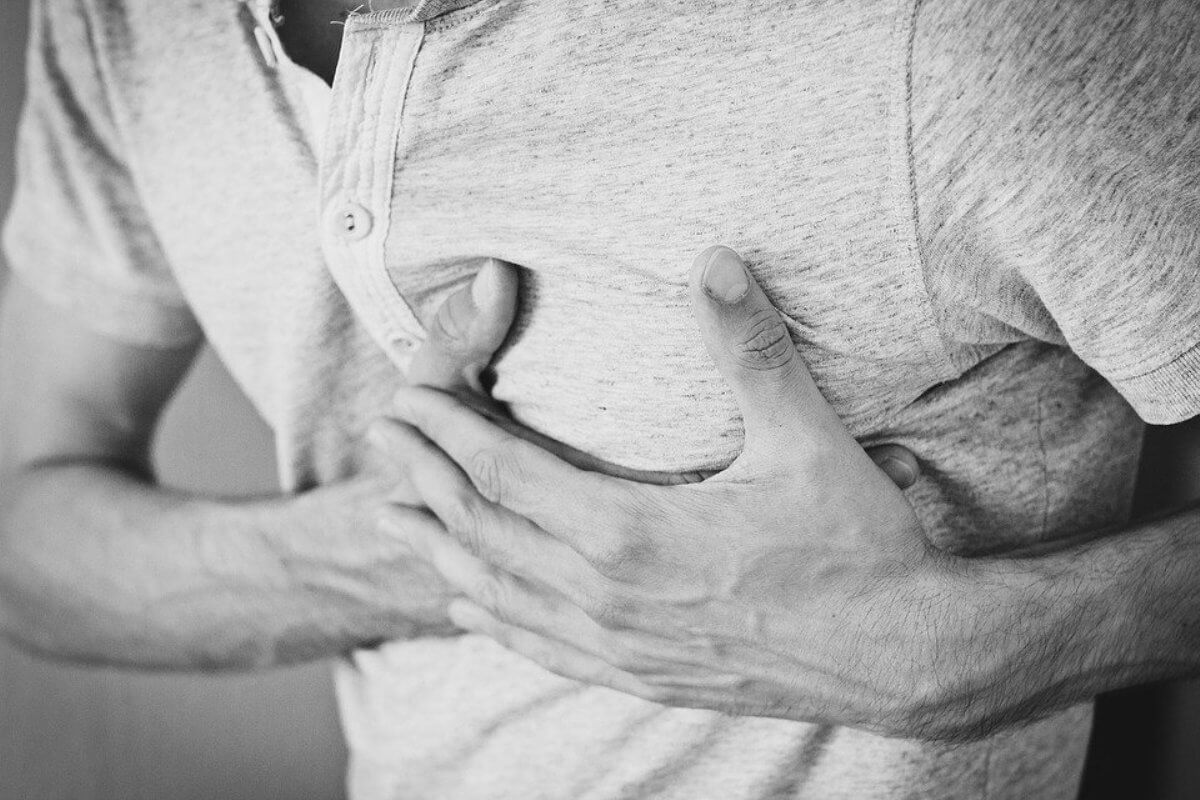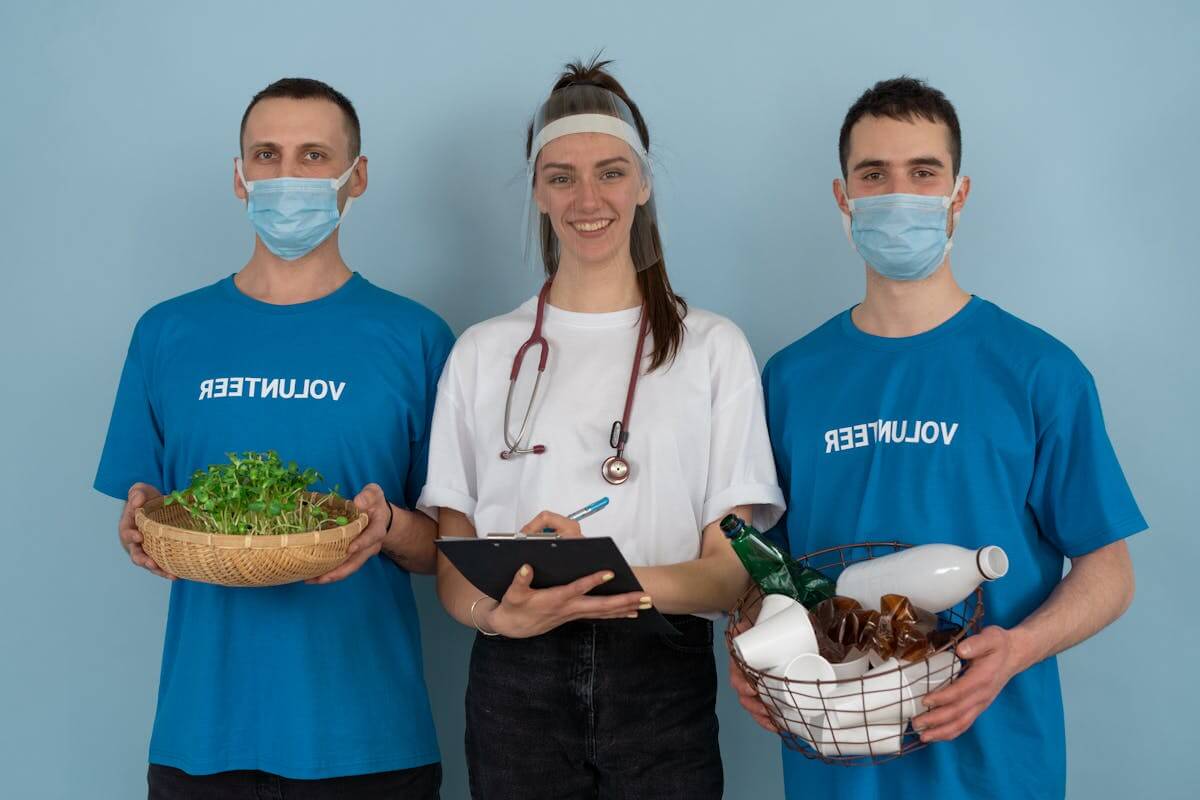A health emergency takes place when the vital prognosis of a person is likely to be engaged. Symptoms include difficulty breathing, loss of consciousness, chest pain or tightness, upper body pain, severe burn, fracture, severe or persistent vomiting, severe pain anywhere in the body, bleeding that persists after ten minutes of compression, an unusual change in behaviour confusion, drowsiness, visual disturbances, weakness, as well as a cough or vomiting of blood.
1. Who To Connect?
If you notice such symptoms mentioned above being at home or with someone else, you can dial health emergency numbers to alert the Urgent Medical Service. The health emergency numbers are free and available 24 hours a day. Speak calmly on the phone. The person on the phone will ask for your name, phone number, address or the nature of the medical emergency. Follow his directions and don’t hang up until the conversation is over.
Also Read: Safety Precautions For Your Eyes
2. Can We Drive?
Driving in a real emergency is risky, say Consumer Reports. If you are the person affected by the problem, you could be putting your life in danger, especially if your situation gets worse along the way. If you do not feel in the middle of an emergency and suffer, like from abdominal pain, you can call a loved one or a taxi service to take you to the hospital. But the ambulance remains the safest option. The paramedics are equipped to deal with a growing emergency, and the hospital will be aware of your arrival.
3. How To Prepare?
A health emergency can be stressful and devastating. Prepare as much in advance as possible:
- Teach your children to call for help when needed. Also, teach them important information such as your closest emergency care center, such as Urgent Care Fort Collins if you live in Colorado.
- Make a list of illnesses and medications for each family member. Keep a copy on your refrigerator, and another in your wallet.
- On this list, also note the people to contact in case of emergency, and their number, as well as the contact details of your attending physician for urgent care.
4. Every Second Count in A Health Emergency
Whether in leisure time, at work or on the road – when people are in need, quick help is often vital. According to the Anaesthesiology Foundation, not treating in the event of a cardiac arrest, the chance of survival per minute drops by about ten percent. After only five minutes, the victim is unlikely to survive. If you’re in a serious health emergency, you must see home doctor bulk billed for home services.
Even if an emergency call is made immediately and until the emergency services arrive and intervene, valuable time usually goes by. Even simple measures can be life-saving. Start with the first aid measures quickly and pay attention to your safety.
Emergency – an overview of the most important steps:
- Ensure an emergency location
- Make an emergency call
- Initiate first aid measures
5. Exclude Dangers for Yourself
If you act thoughtlessly in an emergency, you may endanger yourself and others. In the worst case, additional damage occurs. That is why first aid does not start with resuscitation measures, but with your safety. Do you feel an emergency? Keep calm and get an overview. What has happened and what are the dangers? Self-protection is a priority. Only approach those affected if you can give that person aid safely. This applies to a traffic accident if you are involved in the accident and approach the affected person: First secure and mark the scene of the accident, warn other people going on the road so that no further accidents occur.
6. Place An Emergency Call
You can reach the emergency response centers by the health emergency number. The operations are coordinated there. So that the emergency services receive all relevant information in advance and can assess the scope of the measures required to know what to expect at the scene of the accident.
7. Provide First Aid
In an emergency, the willingness to help is more important than the knowledge of special aid measures. Of course, you do more with higher competence. But with simple means, you can determine whether there is a risk to life and what help is needed. The employee in the control center of the emergency call center will assist you on the phone with instructions. Is the victim passed out, does not respond to a loud response, but breathes normally? Then bring them to the stable side position. This prevents liquids, such as blood or vomit from getting into the respiratory tract that could cause the person to suffocate. Then check your breathing regularly until rescue workers arrive.
Also Read: The Health Benefits Of Hydrotherapy
If, on the other hand, you can find none or only irregular breathing (gasping), this indicates cardiac arrest. Failure of the heart’s pump function inevitably leads to cardiac arrest if left untreated. Blood is no longer pumped through the body – the victim is in acute danger to life. This state can only be reversed for a very short time. Therefore, start the resuscitation measures immediately. These include cardiac massage and ventilation. Untrained laypersons who don’t dare to ventilate can also help by doing only the chest compressions.
How to help in such a condition?
Start with the chest compressions. The correct frequency is 100 to 120 presses per minute. The cardiac massage is alternated with ventilation – 30x press, 2x ventilation. However, it turns out that some people are unsafe, especially when it comes to ventilation. Again, before you even help, you can only do the chest compressions. Do not stop the resuscitation until you see clear signs of life or if rescue workers take over.
First aid also includes psychological measures. People who appear to be unharmed after an accident are often in shock and may endanger themselves through unreflective behaviour. They can do a lot by addressing and calming people down, moving them outside the danger zone and monitoring their condition until professional helpers are on site.
8. Smartphone Apps for Emergencies
Some emergency services offer smartphone apps that can be of assistance in emergencies. Modern smartphone are featured with some of the most useful apps that you can use in any case of health emergencies.
9. Refresh Skills
An emergency can occur at any time. Those who are prepared can help effectively. However, many people in society do not have complete first aid skills. In a representative survey commissioned that, less than one in four, 23 percent of people have good skills of giving first aid. Half of the respondents had completed the last course at least ten years ago. If this also applies to you and you would like to expand or refresh your knowledge, you must know all about the first aid.
Conclusion
Medical emergencies are rarely anticipated and in the panic of the moment. It can be difficult to know how to react, and to apply first aid. But you can do your utmost to be able to act quickly and calmly when someone needs you. You must know these above things about what to do in any health emergency.










